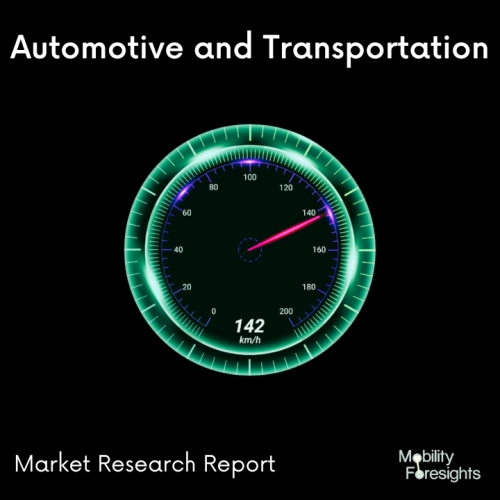
- Get in Touch with Us

Last Updated: Apr 25, 2025 | Study Period: 2023-2030
Android Automotive OS (AAOS) is an infotainment platform that car manufacturers integrate into their vehicles. Drivers may download suitable programme directly into their cars, without the need for a phone, and use an interface created just for the car screen.
According to automotive specialists, car manufacturers/OEMs will use Linux-based operating systems on a variety of applications, including engine-control units, instrument clusters, embedded telematics systems, and Advanced Driver-Assistance Systems (ADAS).Control systems in vehicles include hybrid turbo engines, electronic engine and transmission controls, cruise control, anti lock brakes, differential braking, and active/semi active suspensions.
In the automobile sector, Linux is already in use. Tesla's cars use a customised version of Linux. Real Time Operating Systems (RTOS) come in three different flavours: Hard RTOS, Soft RTOS, and Firm RTOS. The Scheduler, Communication Mechanism, Critical Region Mechanisms, Timing Services, Power Management, and Memory Management are significant RTOS components
.All automotive ECUs require a control programe or operating system (OS) to handle a number of programe that regulate the hardware elements and functions that each ECU is intended to carry out.

The Asia pacific automotive operating system market accounted for $XX Billion in 2022 and is anticipated to reach $XX Billion by 2030, registering a CAGR of XX% from 2023 to 2030.
Toyota launched its own operating system, vying with Tesla and VW.Toyota Motor intends to create its own car software platform that can handle everything from fundamental operations to cutting-edge uses like autonomous driving.
With the Arene operating system, the Japanese carmaker will compete with tech firms and rivals like Tesla and Volkswagen to establish the norms for the software that will power the next generation of cars.Arene will be included in Toyota automobiles.
The carmaker will then make the software available to its affiliates, such as Subaru, as well as to other automakers and start-ups developing electrified or self-driving cars. The business is exploring using a licensing approach to monetize the system.
Arene will operate fundamental parts, such as the steering wheel, brakes, and accelerator, as well as oversee safety systems and traffic and location data. No matter what brand or model, all vehicles equipped with the OS will have access to shared features. Similar to smartphone software, customers may upgrade the system online, allowing for speedy performance improvements.
Engineers will not be required to wait for new hardware before developing for the OS, and cloud integration will allow several teams inside an organisation to work concurrently and remotely. The system is designed to support both virtual and simulation testing.
Toyota will make Arene available to more developers, enticing businesses from outside the sector to build software for autonomous driving and other features. The carmaker imagines that adding services from various companies to a car would be as simple as adding smartphone apps.The manufacturer believes Arene will improve as more users and developers sign up, producing more data that can be utilised to develop new services.
| 1 | Market Segmentation |
| 2 | Scope of the report |
| 3 | Abbreviations |
| 4 | Research Methodology |
| 5 | Executive Summary |
| 6 | Introduction |
| 7 | Insights from Industry stakeholders |
| 8 | Cost breakdown of Product by sub-components and average profit margin |
| 9 | Disruptive innovation in the Industry |
| 10 | Technology trends in the Industry |
| 11 | Consumer trends in the industry |
| 12 | Recent Production Milestones |
| 13 | Component Manufacturing in US, EU and China |
| 14 | COVID-19 impact on overall market |
| 15 | COVID-19 impact on Production of components |
| 16 | COVID-19 impact on Point of sale |
| 17 | Market Segmentation, Dynamics and Forecast by Geography, 2023-2030 |
| 18 | Market Segmentation, Dynamics and Forecast by Product Type, 2023-2030 |
| 19 | Market Segmentation, Dynamics and Forecast by Application, 2023-2030 |
| 20 | Market Segmentation, Dynamics and Forecast by End use, 2023-2030 |
| 21 | Product installation rate by OEM, 2023 |
| 22 | Incline/Decline in Average B-2-B selling price in past 5 years |
| 23 | Competition from substitute products |
| 24 | Gross margin and average profitability of suppliers |
| 25 | New product development in past 12 months |
| 26 | M&A in past 12 months |
| 27 | Growth strategy of leading players |
| 28 | Market share of vendors, 2023 |
| 29 | Company Profiles |
| 30 | Unmet needs and opportunity for new suppliers |
| 31 | Conclusion |
| 32 | Appendix |